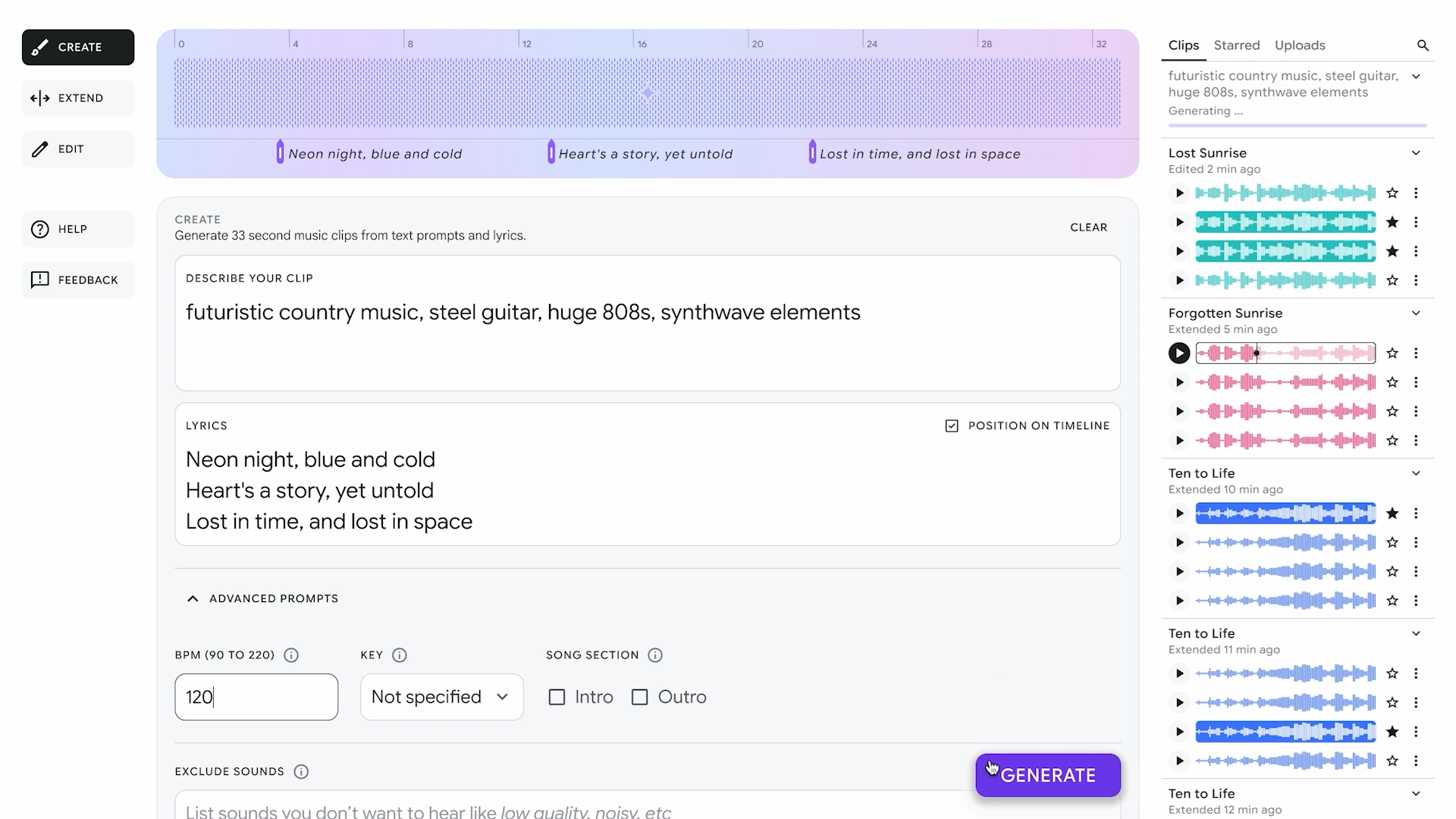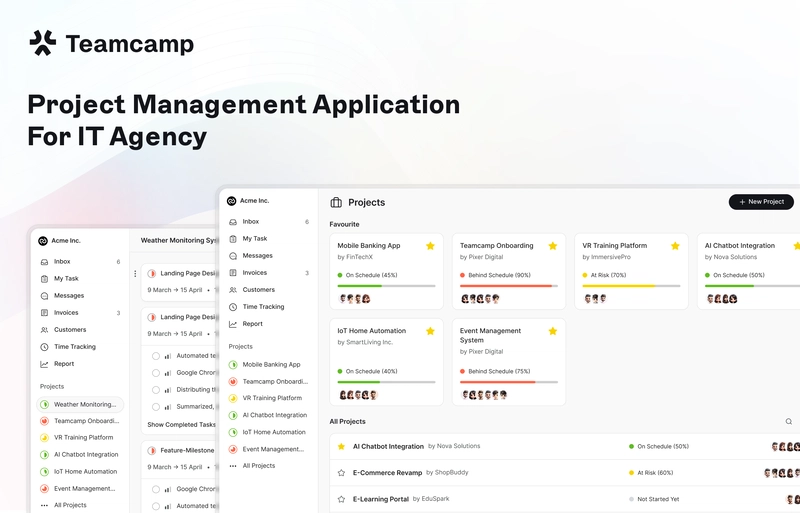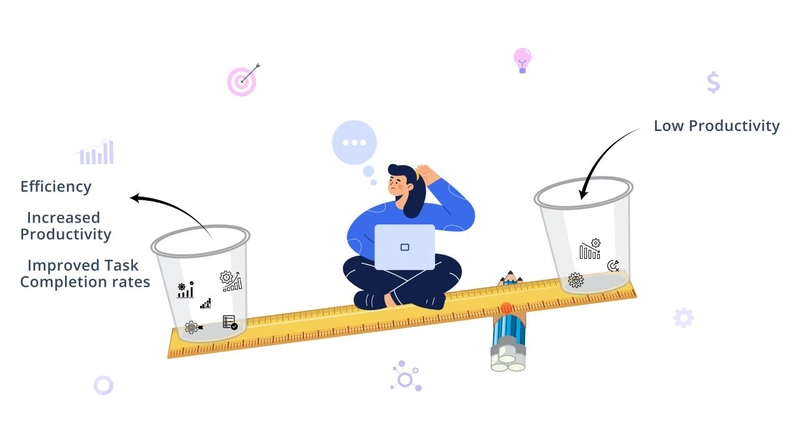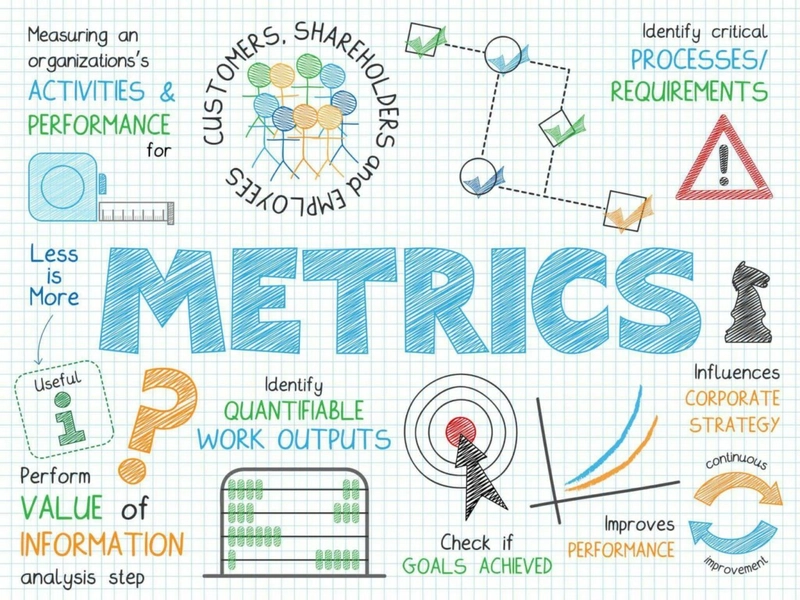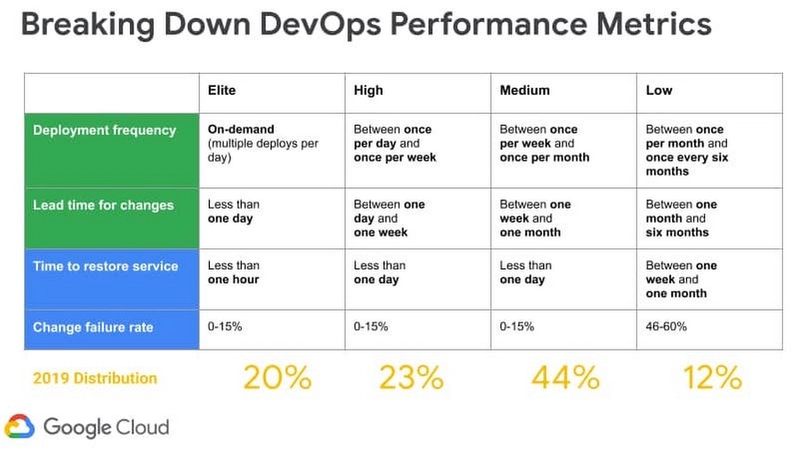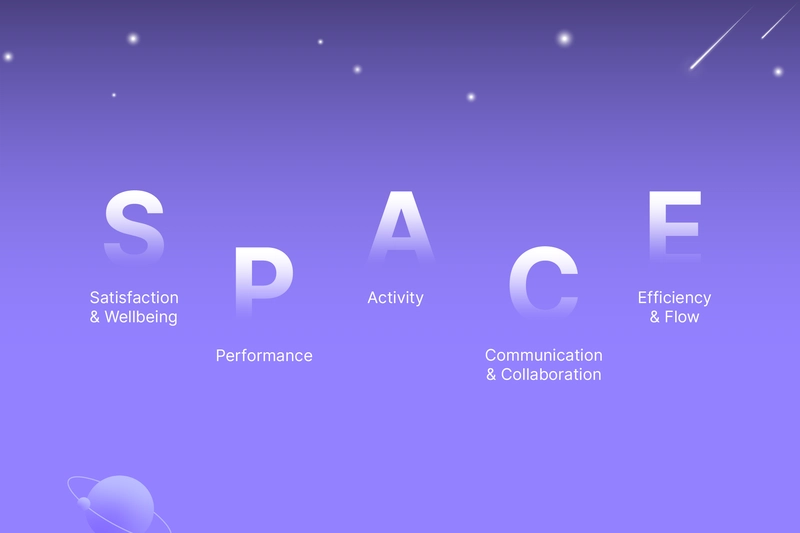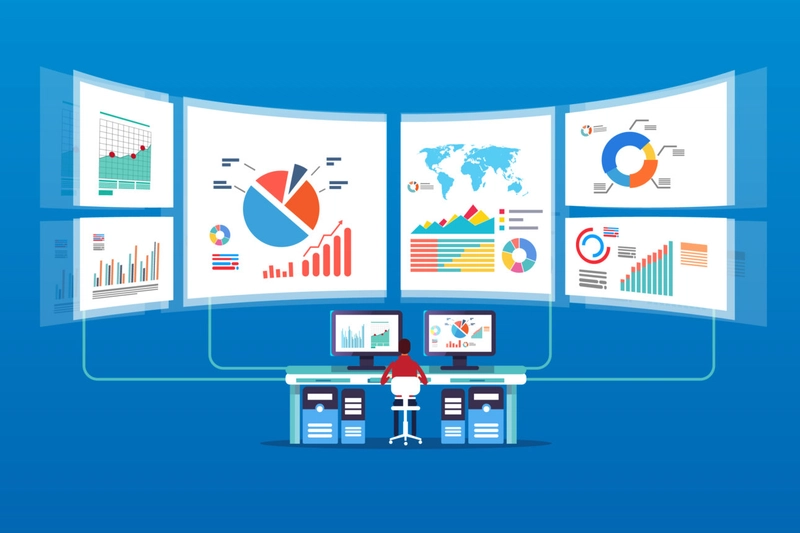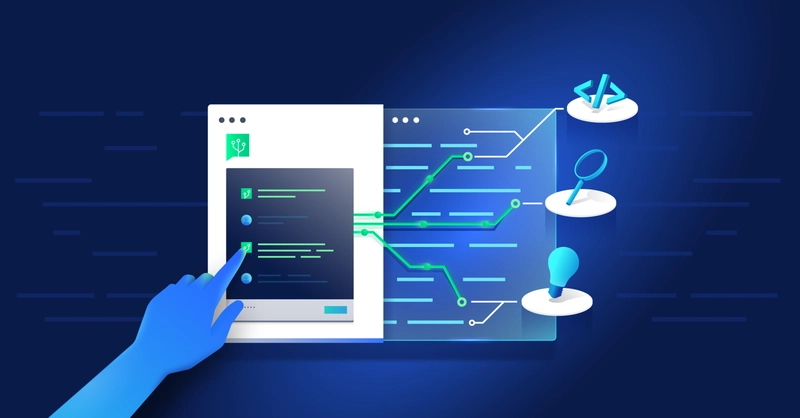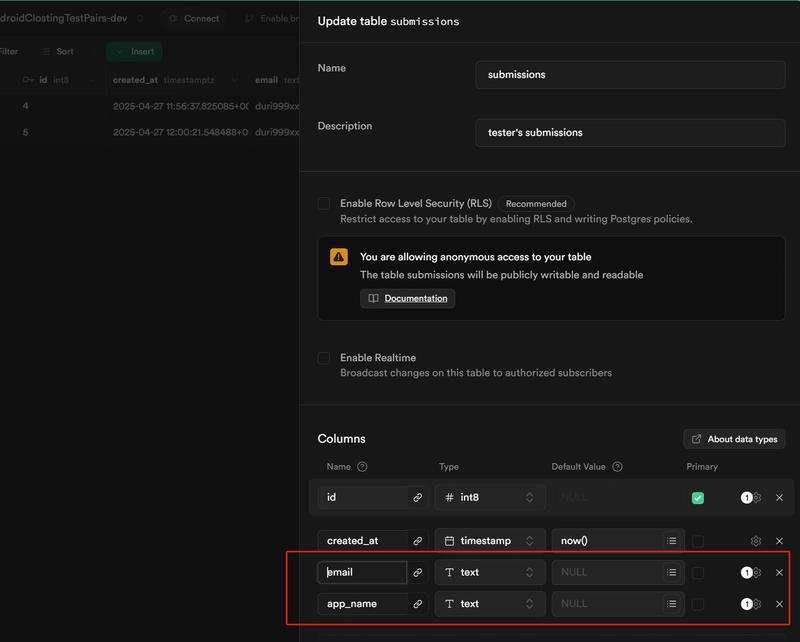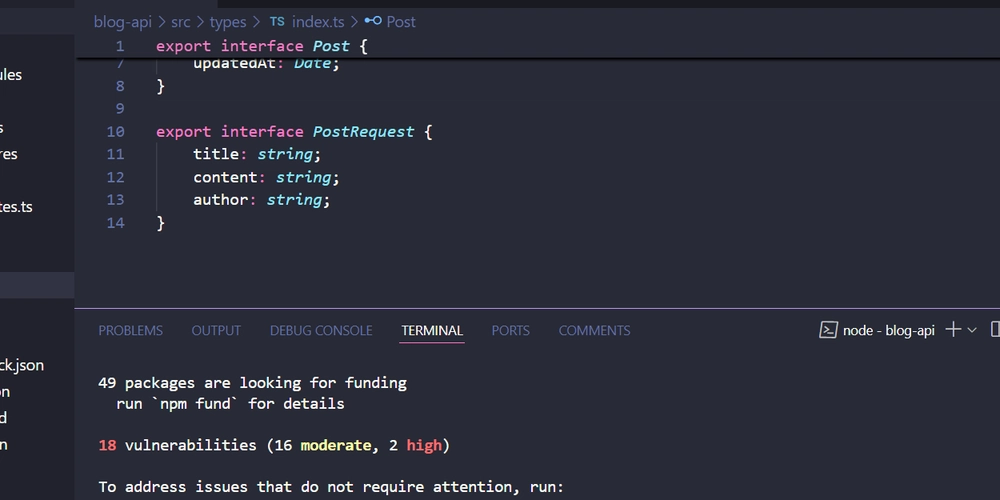Measuring Developer Productivity: Metrics That Matter (and Those That Don't)
Introduction In the world of software development, measuring productivity remains one of the most challenging yet crucial aspects of managing engineering teams. While other business functions can often be calculated with straightforward metrics, software development presents a unique challenge due to its collaborative, complex, and creative nature. Organizations increasingly depend on software regardless of industry, so leaders need reliable ways to understand how effectively their development teams work. But the question remains: which metrics actually matter, and which ones might do more harm than good? Boost Your Productivity with Teamcamp The Productivity Measurement Challenge Measuring developer productivity is notoriously tricky for several compelling reasons: Software development involves creative problem-solving that doesn't translate easily to quantitative metrics The link between inputs and outputs is considerably less clear than in other business functions Development work is highly collaborative, making individual contributions challenging to isolate Different levels of work (systems, teams, individuals) require different measurement approaches As one engineering leader at Microsoft noted, "The long-held belief by many in tech is that it's not possible to measure developer productivity correctly and that only trained engineers are knowledgeable enough to assess the performance of their peers." However, as development teams grow and organizations invest more heavily in engineering talent, the "we can't measure it" approach is becoming increasingly unsustainable. Metrics That Don't Work (And Why) Before diving into practical measurement approaches, let's examine some commonly used but problematic metrics: 1. Lines of Code (KLOC) While easy to measure, lines of code are the most notorious example of a vanity metric. More code isn't necessarily better code, and this metric can actively encourage poor practices: Encourages verbose, inefficient code Ignores code quality and maintainability Varies dramatically by programming language It can be easily gamed 2. Number of Commits Similar to lines of code, measuring the raw number of commits provides little insight into actual productivity: Developers may submit more minor changes more frequently to game the system Doesn't reflect the quality or value of changes Ignores complexity differences between commits 3. Hours Worked Time spent coding doesn't necessarily correlate with value delivered: Encourages presenteeism rather than efficiency Ignores the quality of work produced This can lead to burnout and decreased long-term productivity Metrics That Actually Matter Effective productivity measurement requires a more nuanced approach that considers both quantitative and qualitative factors. Here are metrics that provide meaningful insights: 1. DORA Metrics The DevOps Research and Assessment (DORA) metrics have become the industry standard for measuring software delivery performance: Deployment Frequency: How often code is successfully deployed to production Elite teams: Multiple deploys per day High performers: Between once per day and once per week Lead Time for Changes: Time from code commit to code running in production Elite teams: Less than one day High performers: Less than one week Change Failure Rate (CFR): Percentage of changes that result in degraded service Elite teams: 0-15% High performers: 16-30% Mean Time to Recovery (MTTR): How long it takes to restore service after an incident Elite teams: Less than one hour High performers: Less than one day These metrics provide a balanced view of speed and stability, helping teams identify where they stand compared to industry benchmarks. 2. The SPACE Framework The SPACE framework, developed by researchers from GitHub, Microsoft Research, and the University of Victoria, offers a more holistic approach to productivity measurement: Satisfaction and Well-being: Developer happiness, motivation, and work-life balance Performance: Tangible outputs and effectiveness, including code quality and bug resolution rates Activity: Types and levels of daily development work, including coding, debugging, and collaboration Communication and Collaboration: How effectively developers share information and work together Efficiency and Flow: How efficiently developers use time and resources to achieve focused productivity This framework recognizes that developer productivity encompasses more than just output-it includes developer experience, team dynamics, and sustainable work practices. Process-Focused Metrics Beyond the frameworks above, several process-focused metrics can provide valuable insights: 1. Cycle Time The time it takes to get code from pull request to production is one of the best indicators of development team efficien
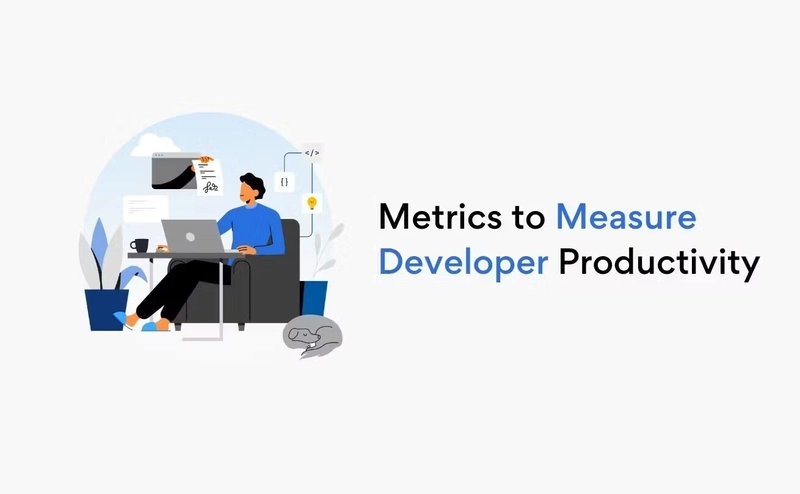
Introduction
In the world of software development, measuring productivity remains one of the most challenging yet crucial aspects of managing engineering teams. While other business functions can often be calculated with straightforward metrics, software development presents a unique challenge due to its collaborative, complex, and creative nature.
Organizations increasingly depend on software regardless of industry, so leaders need reliable ways to understand how effectively their development teams work. But the question remains: which metrics actually matter, and which ones might do more harm than good?
Boost Your Productivity with Teamcamp
The Productivity Measurement Challenge
Measuring developer productivity is notoriously tricky for several compelling reasons:
- Software development involves creative problem-solving that doesn't translate easily to quantitative metrics
- The link between inputs and outputs is considerably less clear than in other business functions
- Development work is highly collaborative, making individual contributions challenging to isolate
- Different levels of work (systems, teams, individuals) require different measurement approaches
As one engineering leader at Microsoft noted, "The long-held belief by many in tech is that it's not possible to measure developer productivity correctly and that only trained engineers are knowledgeable enough to assess the performance of their peers."
However, as development teams grow and organizations invest more heavily in engineering talent, the "we can't measure it" approach is becoming increasingly unsustainable.
Metrics That Don't Work (And Why)
Before diving into practical measurement approaches, let's examine some commonly used but problematic metrics:
1. Lines of Code (KLOC)
While easy to measure, lines of code are the most notorious example of a vanity metric. More code isn't necessarily better code, and this metric can actively encourage poor practices:
- Encourages verbose, inefficient code
- Ignores code quality and maintainability
- Varies dramatically by programming language
- It can be easily gamed
2. Number of Commits
Similar to lines of code, measuring the raw number of commits provides little insight into actual productivity:
- Developers may submit more minor changes more frequently to game the system
- Doesn't reflect the quality or value of changes
- Ignores complexity differences between commits
3. Hours Worked
Time spent coding doesn't necessarily correlate with value delivered:
- Encourages presenteeism rather than efficiency
- Ignores the quality of work produced
- This can lead to burnout and decreased long-term productivity
Metrics That Actually Matter
Effective productivity measurement requires a more nuanced approach that considers both quantitative and qualitative factors. Here are metrics that provide meaningful insights:
1. DORA Metrics
The DevOps Research and Assessment (DORA) metrics have become the industry standard for measuring software delivery performance:
Deployment Frequency: How often code is successfully deployed to production
- Elite teams: Multiple deploys per day
- High performers: Between once per day and once per week Lead Time for Changes: Time from code commit to code running in production
- Elite teams: Less than one day
- High performers: Less than one week Change Failure Rate (CFR): Percentage of changes that result in degraded service
- Elite teams: 0-15%
- High performers: 16-30% Mean Time to Recovery (MTTR): How long it takes to restore service after an incident
- Elite teams: Less than one hour
- High performers: Less than one day
These metrics provide a balanced view of speed and stability, helping teams identify where they stand compared to industry benchmarks.
2. The SPACE Framework
The SPACE framework, developed by researchers from GitHub, Microsoft Research, and the University of Victoria, offers a more holistic approach to productivity measurement:
- Satisfaction and Well-being: Developer happiness, motivation, and work-life balance
- Performance: Tangible outputs and effectiveness, including code quality and bug resolution rates
- Activity: Types and levels of daily development work, including coding, debugging, and collaboration
- Communication and Collaboration: How effectively developers share information and work together
- Efficiency and Flow: How efficiently developers use time and resources to achieve focused productivity
This framework recognizes that developer productivity encompasses more than just output-it includes developer experience, team dynamics, and sustainable work practices.
Process-Focused Metrics
Beyond the frameworks above, several process-focused metrics can provide valuable insights:
1. Cycle Time
The time it takes to get code from pull request to production is one of the best indicators of development team efficiency. It measures the entire PR process-often the most painful part of software development.
2. PR Size and Review Time
Small pull requests correlate strongly with faster review times and quicker integration:
- Small PRs (under 200 lines) are typically reviewed faster and more thoroughly
- Review time measures how quickly feedback is provided and incorporated
3. Code Churn and Rework
The amount of code rewritten shortly after being written can indicate unclear requirements or process issues:
- High churn (>30%) may signal problems with requirements or design
- Tracking trends over time is more valuable than absolute numbers
4. Implementing Effective Measurement
Measuring productivity effectively requires more than just selecting the right metrics-it demands a thoughtful implementation approach:
5. Focus on Team Metrics, Not Individual Metrics
Productivity measurement works best at the team level rather than the individual level:
- Software development is inherently collaborative
- Individual metrics often create unhealthy competition
- Team-level metrics encourage collaboration and shared ownership
6. Combine Leading and Lagging Indicators
Effective measurement includes both types of indicators:
- Leading indicators (like PR size or review time) help predict future outcomes
- Lagging indicators (like deployment frequency or change failure rate) confirm past performance
7. Use Data to Drive Improvement, Not Punishment
The primary purpose of productivity metrics should be continuous improvement:
- Use data to identify bottlenecks and friction points
- Focus conversations on system improvements rather than individual performance
- Celebrate improvements and learn from setbacks
Best Practices for Boosting Developer Productivity
Beyond measurement, several practices can significantly enhance developer productivity:
1. Reduce Cognitive Load
Minimizing unnecessary mental burden helps developers focus on what matters:
- Limit the number of meetings to provide uninterrupted focus time
- Encourage asynchronous communication when possible
- Create clear documentation to reduce the mental overhead of context-switching
2. Implement Developer Playbooks
Structured guidance helps eliminate decision fatigue:
- Create standardized procedures for everyday tasks
- Develop coding standards and templates
- Document best practices to ensure consistency
3. Automate Repetitive Tasks
Automation frees developers to focus on creative problem-solving:
- Automate build processes, testing, and deployment
- Use tools that streamline code reviews and PR management
- Implement CI/CD pipelines to reduce manual overhead
4. Match Developer Strengths with Projects
Aligning work with expertise boosts both productivity and satisfaction:
- Create skill profiles to understand developer strengths
- Assign tasks based on knowledge and interest
- Provide opportunities for growth in areas of passion
Real-World Examples of Productivity Improvements
Spotify's Squad Model
Spotify organized teams into small, cross-functional "squads" that own specific features or services end-to-end. This approach reduced dependencies between teams and improved cycle time by 35%.
Google's Developer Satisfaction Survey
Google regularly surveys developers about their productivity and satisfaction. When they discovered that build times were a central pain point, they invested in build system improvements that saved an estimated 3-5 hours per developer per week.
Microsoft's Developer Velocity Index
Microsoft created a comprehensive framework for measuring developer productivity, including technical, process, and cultural factors. Companies scoring in the top quartile of this index innovate faster and show 4-5x better business performance.
Conclusion
Measuring developer productivity effectively requires moving beyond simplistic metrics like lines of code or hours worked. Instead, focus on balanced frameworks like DORA and SPACE that consider both quantitative and qualitative aspects of development work.
Remember that the goal of measurement should be continuous improvement, not punishment or unhealthy competition. Use metrics to identify system-level bottlenecks and opportunities for enhancement, rather than evaluating individual performance in isolation.
The most productive development teams combine thoughtful measurement with practices that reduce friction and enable flow. By focusing on what genuinely matters-delivering value efficiently while maintaining developer satisfaction-organizations can build sustainable, high-performing engineering cultures.
As you refine your approach to measuring and enhancing developer productivity, remember that the most crucial metric is ultimately the value delivered to users. When developers can work efficiently on meaningful problems, both productivity and satisfaction naturally follow.



































































































































































![[The AI Show Episode 143]: ChatGPT Revenue Surge, New AGI Timelines, Amazon’s AI Agent, Claude for Education, Model Context Protocol & LLMs Pass the Turing Test](https://www.marketingaiinstitute.com/hubfs/ep%20143%20cover.png)





























































































































































































































































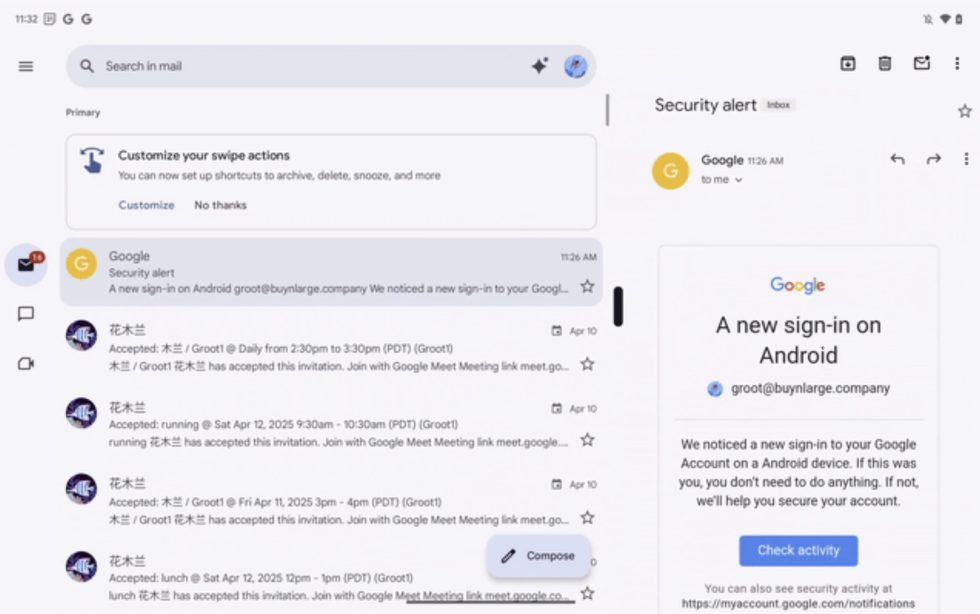












_Muhammad_R._Fakhrurrozi_Alamy.jpg?width=1280&auto=webp&quality=80&disable=upscale#)
_NicoElNino_Alamy.jpg?width=1280&auto=webp&quality=80&disable=upscale#)



















































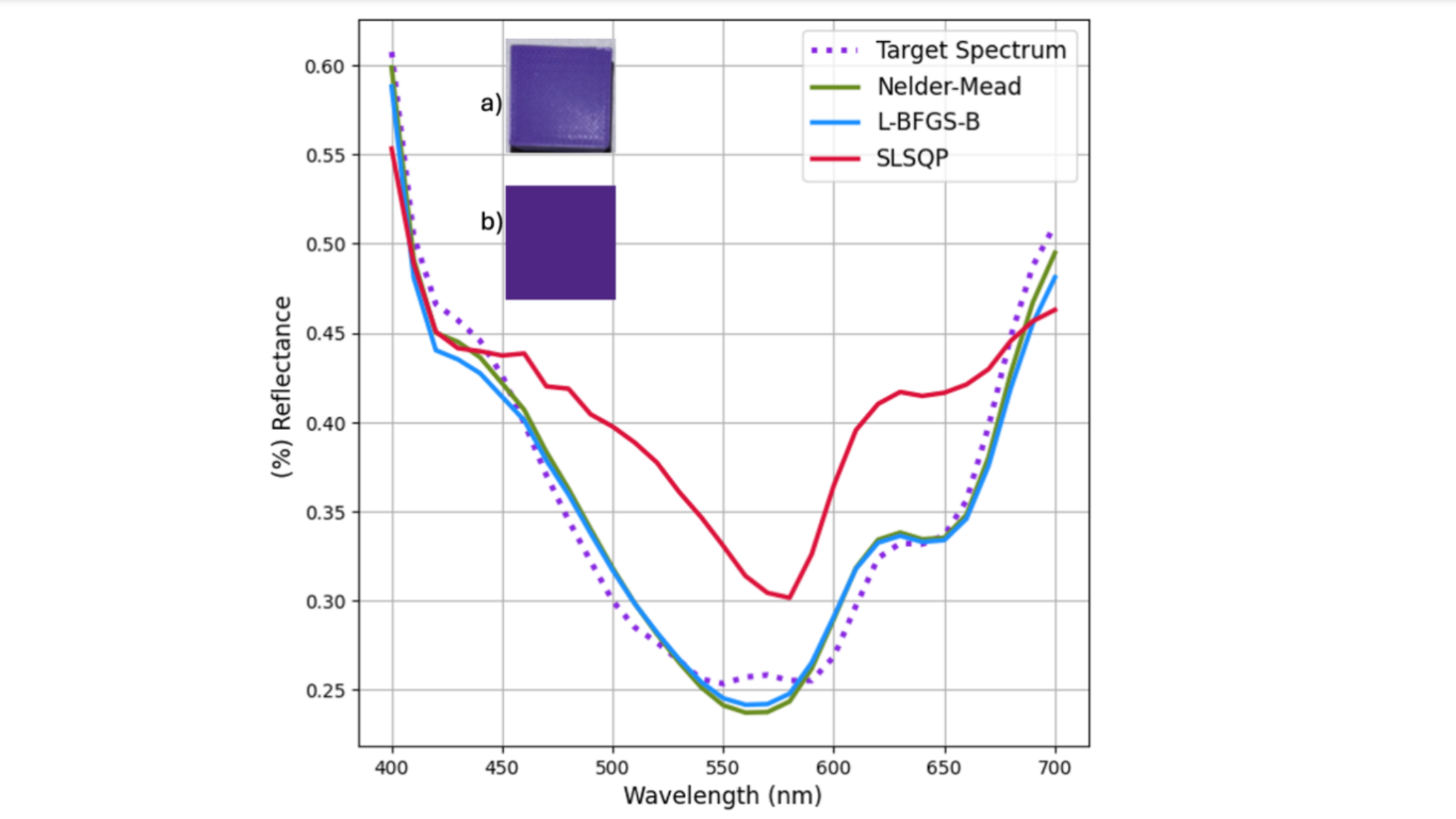


















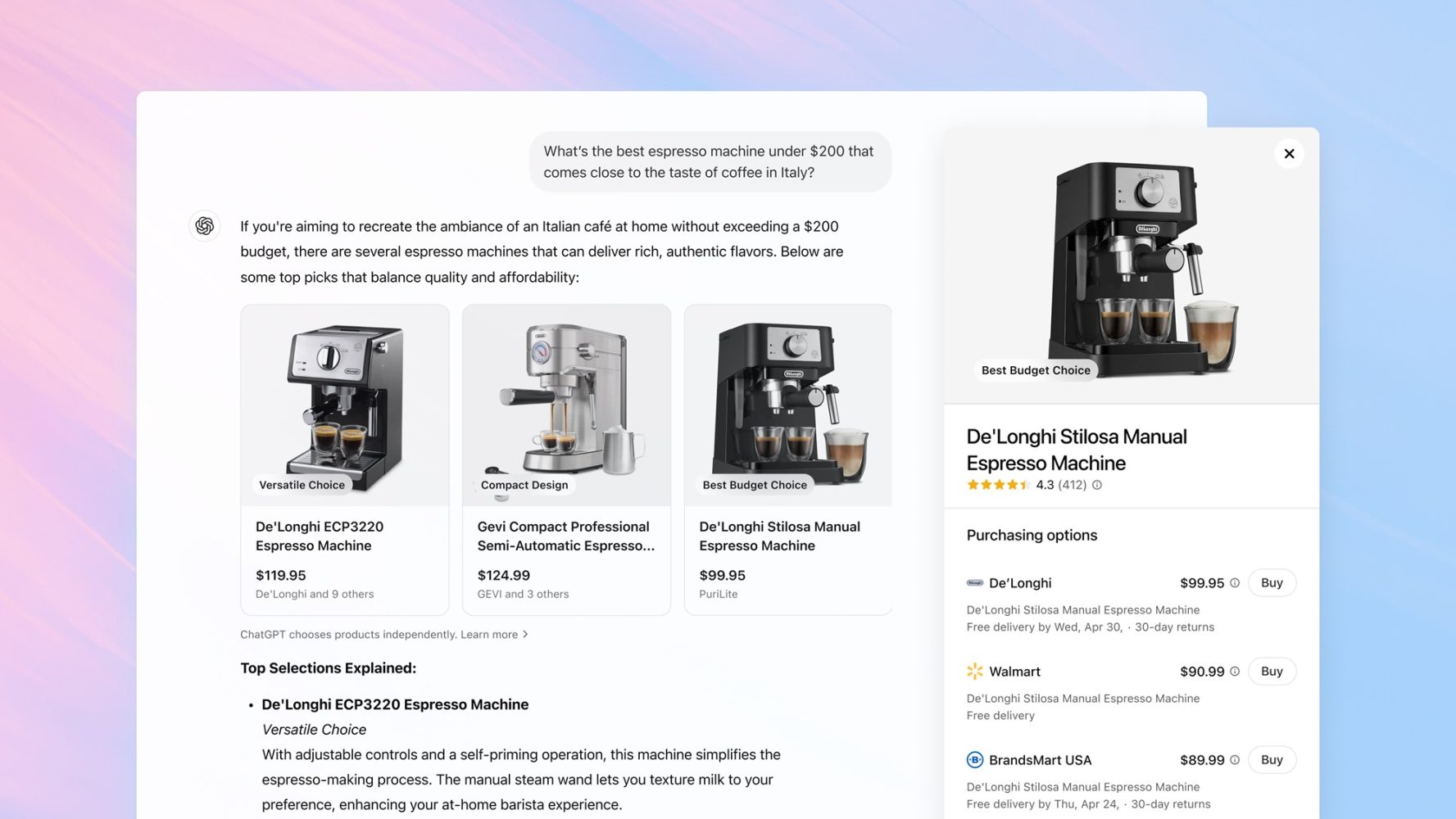
































![AirPods Pro 2 With USB-C Back On Sale for Just $169! [Deal]](https://www.iclarified.com/images/news/96315/96315/96315-640.jpg)
![Apple Releases iOS 18.5 Beta 4 and iPadOS 18.5 Beta 4 [Download]](https://www.iclarified.com/images/news/97145/97145/97145-640.jpg)
![Apple Seeds watchOS 11.5 Beta 4 to Developers [Download]](https://www.iclarified.com/images/news/97147/97147/97147-640.jpg)
![Apple Seeds visionOS 2.5 Beta 4 to Developers [Download]](https://www.iclarified.com/images/news/97150/97150/97150-640.jpg)
















